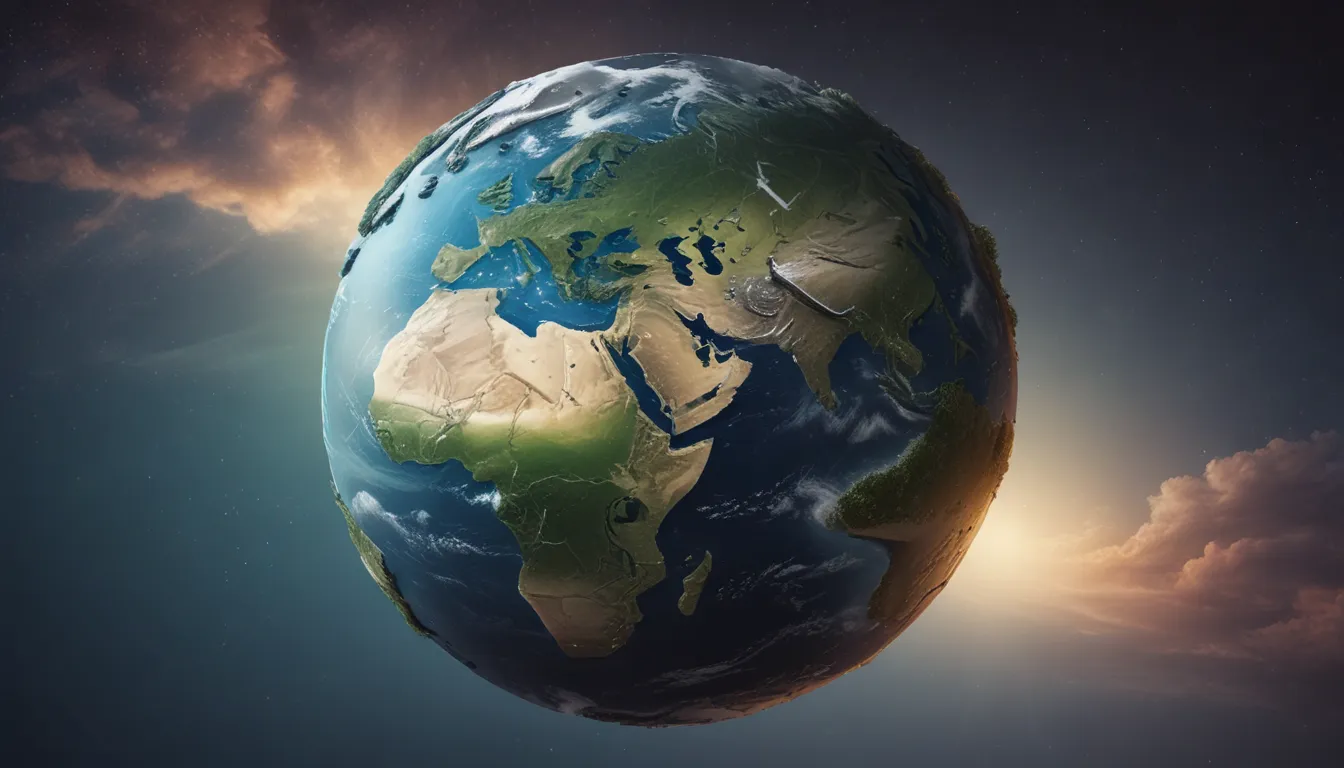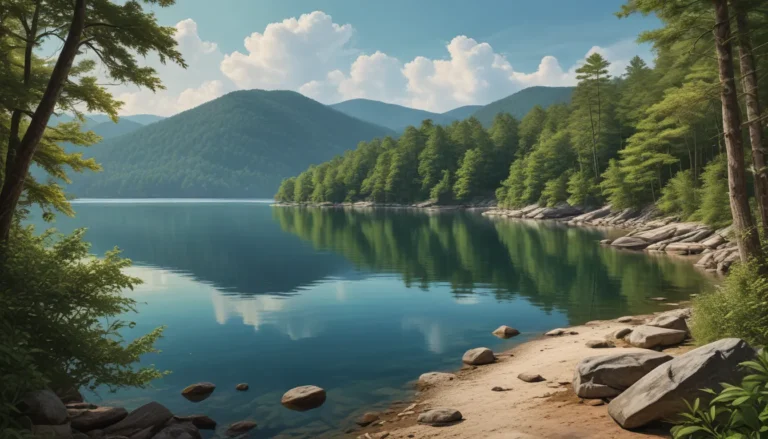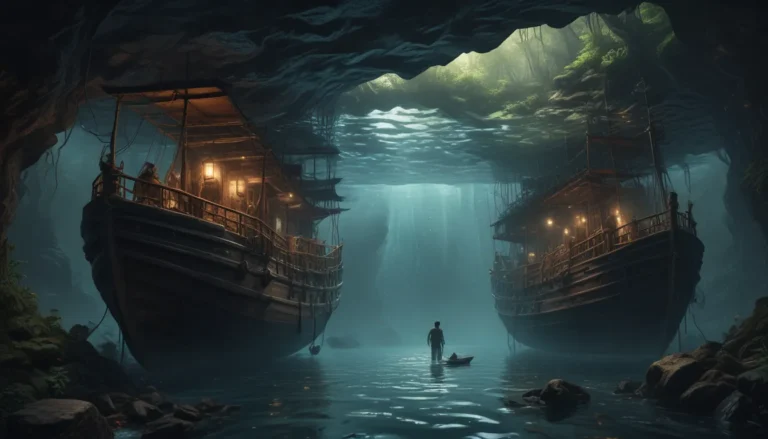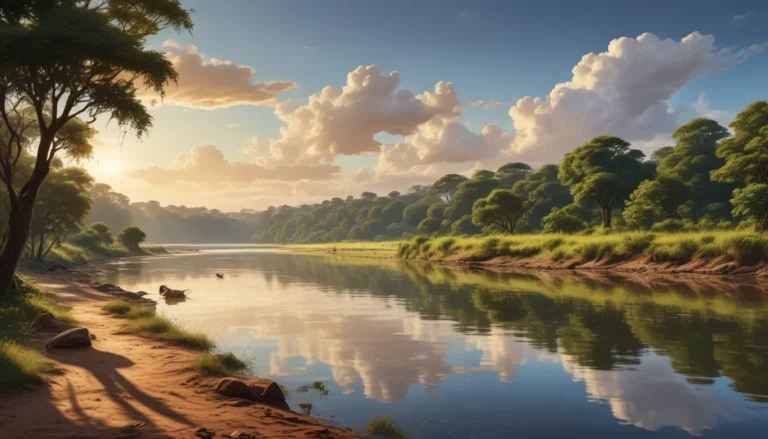The pictures we use in our articles might not show exactly what the words say. We choose these pictures to make you interested in reading more. The pictures work together with the words but don’t take their place. The words still tell you the important facts.
Welcome to the fascinating world of Earth! As the only known planet that can sustain life, Earth is truly a marvel of the universe. From its formation billions of years ago to the incredible geological and climatological processes that shape our planet today, there is so much to learn and discover about the world we call home.
Unveiling Earth’s Secrets
Let's delve into some essential Earth facts that will not only deepen your understanding of our planet but also inspire wonder and curiosity about the world around us. From Earth's origins during the Hadean Eon to the complex interactions that drive plate tectonics and shape our landscapes, there is always more to learn about this dynamic and vibrant planet we inhabit.
The Birth of Earth: Hadean Eon
Earth's journey began over 4.6 billion years ago during the Hadean Eon, a period of intense volcanic activity and asteroid impacts. From the formation of our planet from dust and gas in the early solar system to the cataclysmic events that shaped its surface, the birth of Earth was a fiery spectacle that set the stage for life as we know it.
While Earth's early days were harsh and inhospitable, they laid the foundation for the diverse and complex ecosystems that would emerge millions of years later. The formation of our oceans, the birth of the Moon from a cosmic collision, and the emergence of the first life forms all contributed to the rich tapestry of Earth's history.
Water, the Lifeblood of Earth
Water is the essential ingredient that sustains life on Earth, and its origins are as diverse as the planet itself. From water vapor in the early volcanic clouds to comets crashing into the surface, water played a crucial role in shaping our oceans and creating the conditions for life to thrive.
As the Earth cooled and water began to accumulate on its surface, the stage was set for the emergence of the diverse and interconnected ecosystems that we see today. From the rainforests to the deserts, water continues to shape and nourish every corner of our planet, providing a vital lifeline for all living organisms.
Earth’s Magnetic Field and the Dance of the Poles
Earth's magnetic field is a powerful force that protects our planet from harmful solar radiation and guides migratory animals across vast distances. From the ancient origins of the magnetic field during the Archean Eon to its present-day strength and variability, this invisible shield plays a crucial role in shaping Earth's climate and atmosphere.
As the North and South poles undergo periodic reversals, Earth's magnetic field continues to evolve and adapt to changing conditions. While these geomagnetic shifts may not cause mass extinctions, they are a reminder of the dynamic and ever-changing nature of our planet's geophysical processes.
From Snowball Earth to Hothouse Earth
Earth has experienced extreme climate events throughout its history, from global glaciation during the "Snowball Earth" period to sweltering temperatures in a "Hothouse Earth" scenario. These dramatic shifts in climate highlight the delicate balance of Earth's systems and the profound impact of human activities on our planet's future.
As we confront the challenges of climate change and environmental degradation, it is essential to understand the complex interactions that govern our planet's climate and ecosystems. From the smallest microorganisms to the largest geological formations, every aspect of Earth's biosphere is interconnected and interdependent.
Earth’s Diverse Climates and Landscapes
From the lush rainforests of the equator to the icy tundras of the poles, Earth's diverse climates and landscapes are a testament to the planet's incredible diversity and resilience. Whether you're exploring the savannahs, deserts, or mountains, each ecosystem has a unique story to tell about the forces that have shaped it over millions of years.
As we strive to protect and preserve Earth's natural wonders, it's essential to appreciate the beauty and complexity of our planet's landscapes and ecosystems. From the smallest microorganism to the largest mountain range, every component of Earth's environment plays a vital role in sustaining life on our planet.
The Future of Earth: Challenges and Opportunities
As we look to the future, it's crucial to consider the challenges and opportunities that lie ahead for Earth and its inhabitants. From the potential impacts of climate change to the ongoing mass extinction of species, there are many pressing issues that require our attention and action.
By understanding the intricate workings of our planet's geophysical processes and ecosystems, we can make informed decisions and take positive steps to protect and preserve Earth for future generations. As stewards of this incredible planet, we have a responsibility to care for and nurture Earth's natural resources and ensure a sustainable future for all.
In conclusion, Earth is not just a planet; it's a vibrant and dynamic world teeming with life and wonder. By exploring the essential Earth facts and uncovering the mysteries of our planet, we can deepen our appreciation for the incredible diversity and beauty of Earth. Let's continue to marvel at the wonders of our planet and work together to ensure a brighter future for Earth and all its inhabitants.






